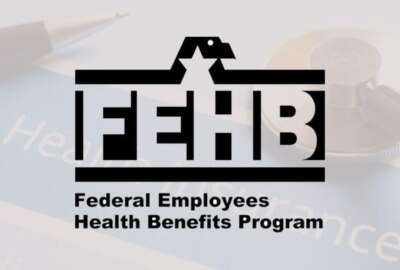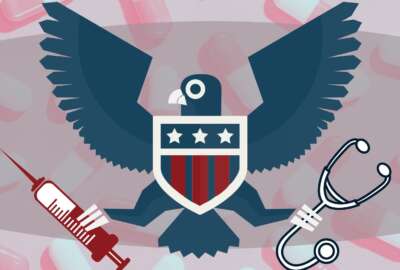Lawmakers urging expanded IVF coverage for FEHB enrollees
The FEHB program began offering coverage for some IVF-related medications just this year. But now House and Senate Democrats are calling for even more options.
Enrollees in the Federal Employees Health Benefits (FEHB) program just began seeing better coverage of in vitro fertilization (IVF) for the first time this year. But some members of Congress are looking to take things a step further.
More than 175 House and Senate Democrats are urging the Office of Personnel Management to require every FEHB carrier to expand their offerings and cover costs for both infertility treatments and medications, starting in plan year 2025.
That requirement “would reflect the reality that IVF is one of the most effective treatments for families struggling with infertility, and growing in popularity, with its usage nearly doubling from 2012 to 2021,” the lawmakers, led by Rep. Gerry Connolly (D-Va.) and Sen Tammy Duckworth (D-Ill.), wrote in a letter to OPM Tuesday.
Starting just this year, FEHB carriers already began covering, at a minimum, two forms of artificial insemination and associated drugs, as well as the costs of IVF-related medications for at least three cycles of treatments. The requirements for carriers cover the cost of medications, but not necessarily the cost of the IVF treatment itself.
OPM did not note any plans to increase infertility treatment coverage for 2025 in its most recent call letter to carriers from February. But Kevin Moss, marketing director at Consumers’ Checkbook, said that’s not necessarily surprising. OPM is running up against the clock for FEHB negotiations ahead of plan year 2025.
“I would be surprised to see a change this big happening this late for a new plan year,” Moss said.
There are only a few months left before benefits are locked in with the federal insurance program’s carriers. FEHB health plans have to submit their rates and benefits for the 2025 plan year by May 31. From there, OPM will negotiate and finalize benefit negotiations by July 31 for the upcoming plan year.
During that process, an OPM spokesperson said the agency will work with carriers to promote expanded access to comprehensive IVF services. In particular, OPM is strongly encouraging carriers to offer more comprehensive IVF coverage, beyond the minimum required level.
“OPM expects carriers to provide quality options for gender-affirming care and services, maternal health, fertility, obesity management, mental health and substance use disorder treatment, and telehealth benefits” the agency wrote in its February call letter.
In their letter, lawmakers expressed appreciation for the steps OPM has already taken to broaden infertility treatment coverage in FEHB by offering some coverage of related medications. It’s a significant change, considering that IVF treatments can cost tens of thousands of dollars out of pocket for just one cycle — and 35% of that price tag comes from prescription drug costs, the lawmakers said.
But the lawmakers said offering further benefits would help agencies better compete for employees, who may seek different job opportunities with better insurance coverage elsewhere.
“While significant work remains to be done to improve IVF access, which includes ensuring comprehensive plan designs are inclusive of LGBTQ and solo individuals who rely on medical intervention to build their families, your leadership in making sure FEHB plans cover IVF medications represents meaningful progress in expanding access to fertility treatments, which will ultimately prove life-changing for families across the country,” the lawmakers said in their letter to OPM Director Kiran Ahuja.
An OPM spokesperson said that 24 plans are currently covering a greater portion of the IVF procedure, beyond the drug costs and above the minimum requirements in FEHB. For instance, Blue Cross Blue Shield Association is covering up to $25,000 per year in IVF costs.
Still, the current coverages available through FEHB may leave room for improvement.
“There is some coverage in some of the plans, but it is fairly limited and leaves couples with a lot of out-of-pocket expenses,” Tammy Flanagan, a federal benefits and retirement specialist at Retire Federal, told Federal News Network. “We will see how much this is expanded later this year when the plans announce their benefit changes for 2025.”
Regardless, it’s important for enrollees to carefully review all available information when selecting a plan during Open Season, the OPM spokesperson said.
OPM is also ramping up preparations for the launch of the Postal Service Health Benefits (PSHB) program next year. The program will cover about 2 million Postal Service employees, annuitants and their family members. In March, OPM conditionally approved 32 carrier options for PSHB in 2025.
This year, Open Season will run from Nov. 11 to Dec. 9. During that time, both FEHB and PSHB enrollees can make elections and changes to their health care options for plan year 2025.
Copyright © 2025 Federal News Network. All rights reserved. This website is not intended for users located within the European Economic Area.
Drew Friedman is a workforce, pay and benefits reporter for Federal News Network.
Follow @dfriedmanWFED






